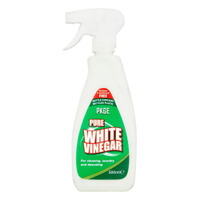How to prevent mould from appearing in your wardrobe this winter: 9 expert tips
Experts reveal their most effective tips for how to prevent mould in wardrobes this winter
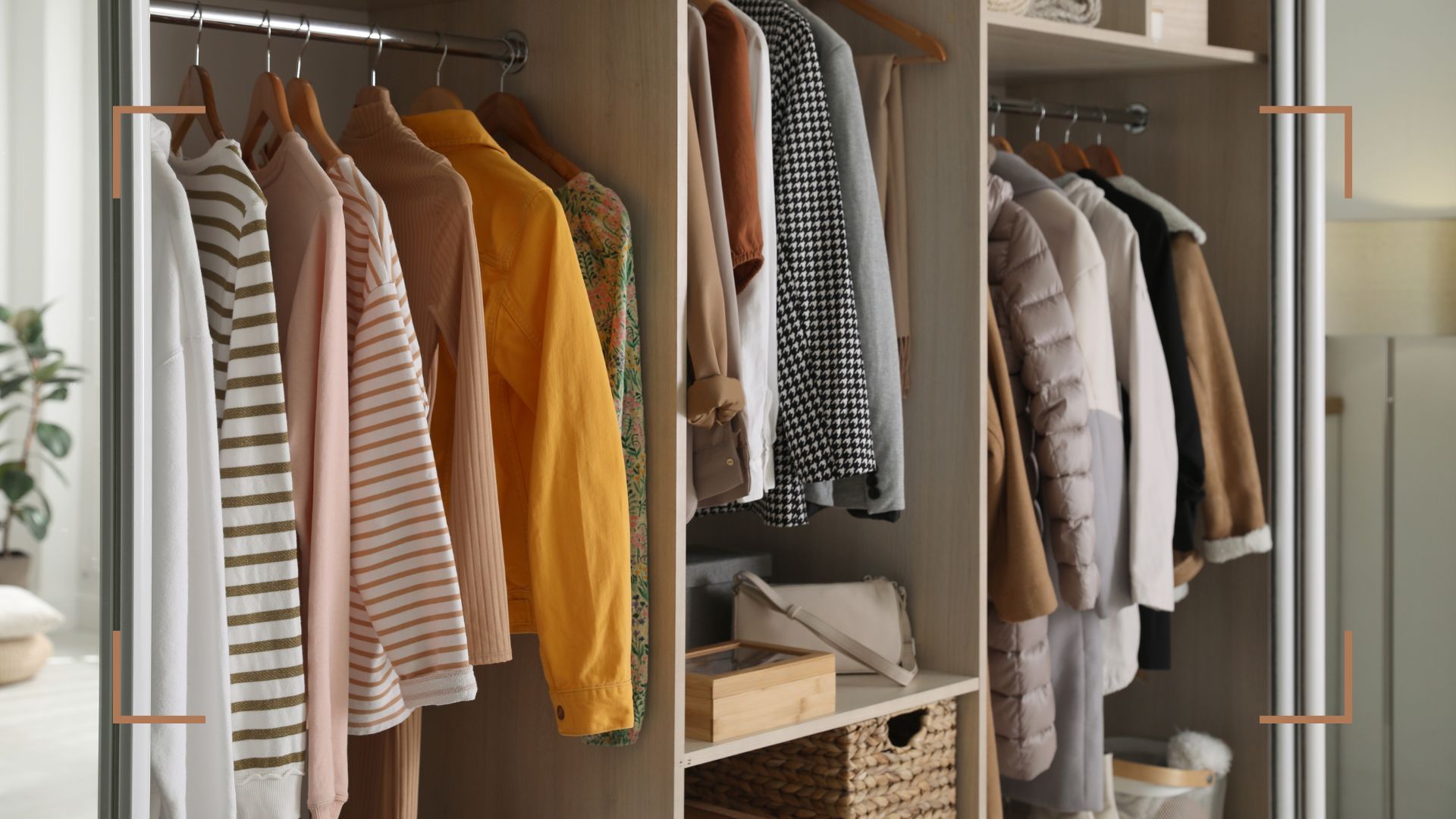

Knowing how to prevent mould from appearing in your wardrobe may have been the last thing on your mind sadly, however, it's far more common than you may think.
This is why we've put together some expert-recommended tips to keep your clothes safe and sound this season with guidelines for how to prevent mould in wardrobes.
From utilising the best dehumidifiers to seeking natural, savvy solutions to reduce the humidity in your house these expert-approved methods will help to prevent mould from appearing – preserving your best dresses and best winter jumpers throughout the colder, damp months. Because no one wants to be left wondering how to get rid of mould from fabric.
How to prevent mould in wardrobes this winter: 9 expert tips
You may have assumed your clothes were safe in the confines of your wardrobe however just like your walls, the insides of your wardrobes are majorly at risk from mould.
Finding mould in your home is a scary concept and can cause a multitude of issues. "Having a mould outbreak can be devastating to deal with, especially if all of the clothes in your wardrobe are ruined beyond repair," says Nic Shacklock, furniture expert and co-founder at Online-Bedrooms.co.uk.
With this in mind, we have asked the home and cleaning experts what we can do to keep the mould at bay this winter.
1. Fit vents into your wardrobes
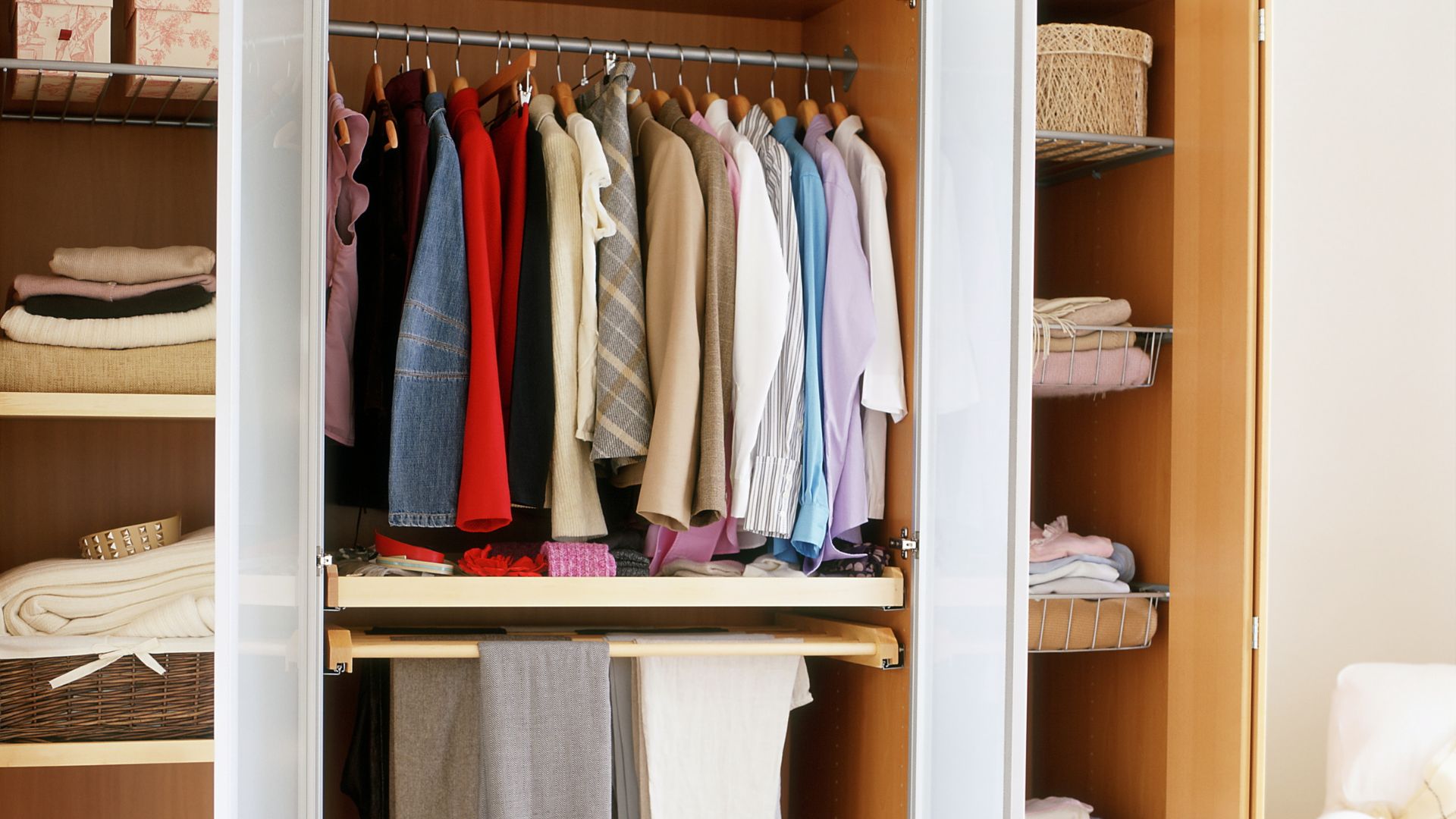
This may sound like quite an excessive step but when you're dealing with a humid home, it's important to prioritise air flow where possible. As is true with preventing condensation on windows, allowing air to travel through spaces that are particularly prone to dampness can save a lot of hassle in the long run.
Sign up for the woman&home newsletter
Sign up to our free daily email for the latest royal and entertainment news, interesting opinion, expert advice on styling and beauty trends, and no-nonsense guides to the health and wellness questions you want answered.
"Building vents will help improve air circulation and remove any excess moisture which can also help with fitted wardrobes that are directly on the back wall," explains Nic. When there's little room for air to pass through, this can attract high levels of moisture and lead to mould build-up, which is not only dangerous for our health but can also be particularly damaging to our clothes.

As the co-founder of Online-Bedrooms, Nic is an expert in all things fitted furniture and interior design. With years of experience in the interior industry, Nic knows a thing or two about how to keep furniture at its best quality.
2. Tidy up the space
Now, you might have already mastered the art of organising your wardrobe so you get more out of your clothes, but if you're anything like us at woman&home your wardrobe may be on the fuller side. You can never have too many winter coats after all.
If you're finding yourself with clothing chaos each morning, then decluttering and minimising your wardrobe can be a great first step to reducing the risk of mould. It can be helpful to declutter your bedroom in general as you'll have more air circulation.
"Having too many clothes in an enclosed space can limit air circulation and trap moisture," explains Nic. "Try to space out your clothes where possible and put the rest in drawers."
Having gaps between your hanging clothes can not only keep them safe from moisture but can also stop any musty smells from building up.
3. Regulate room temperature
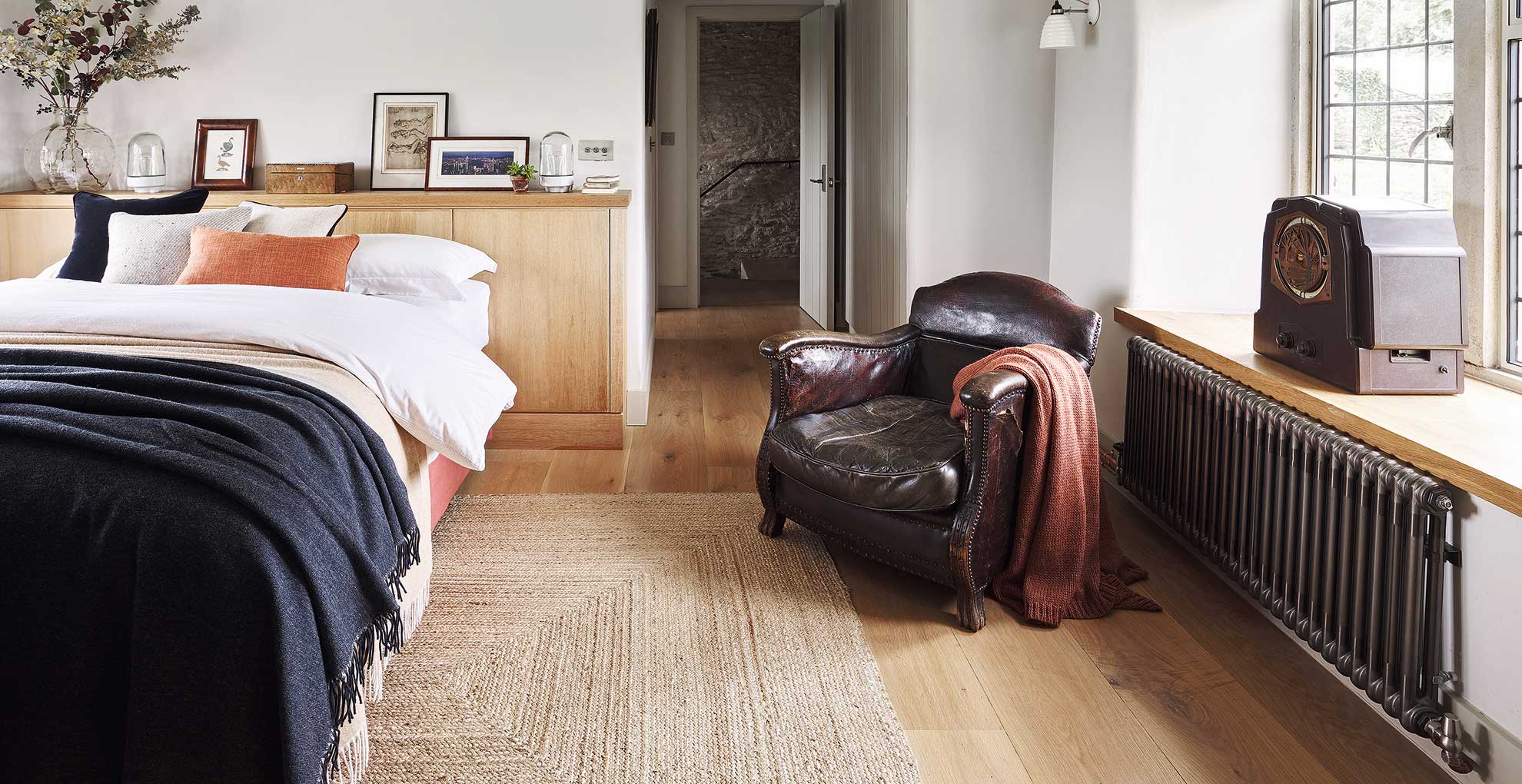
As much as we may delay the decision of when we should turn our heating on each winter, it turns out there are more benefits to whacking the radiators on than just keeping our toes from going numb.
Controlling the room temperature can be a huge help in regulating humidity levels and decreasing the likelihood of mould growing in your wardrobes. Speaking to Baqir Khan, a cleaning expert and owner of Proactive Cleaners, he says, "It's best to keep your bedroom at a comfortable temperature, no lower than 14°C, to prevent the buildup of moisture."
There are also several ways to keep your house warm for less if you're looking to keep those pesky energy bills down whilst also avoiding any mould appearing.

Baqir has over six years cleaning experience as the owner of ProActive Cleaners, his company specialises in commercial cleaning, specialist cleaning and disinfection cleaning amongst other things.
4. Monitor humidity levels
As mentioned previously, reducing the humidity levels in your home is one of the easiest and fastest ways to reduce the risk of mould. It can be a good idea to invest in one of the best dehumidifiers, this way you can remove any excess moisture in the air without having to think about it and many of them are cost-effective.
"Rooms with high humidity levels are likely to experience mould growth due to the excess moisture in the air," says Nic. It can be quite difficult to notice the humidity of your room until it's too late, which is one of the reasons why buying a dehumidifier can be a huge help.
Nic recommends aiming to keep your home's humidity levels at around 40 to 60% so the chances of a mould outbreak are lowered.
Should you be ready to make the plunge and get yourself a dehumidifier then we've put together our favourites that are great at getting the job done...
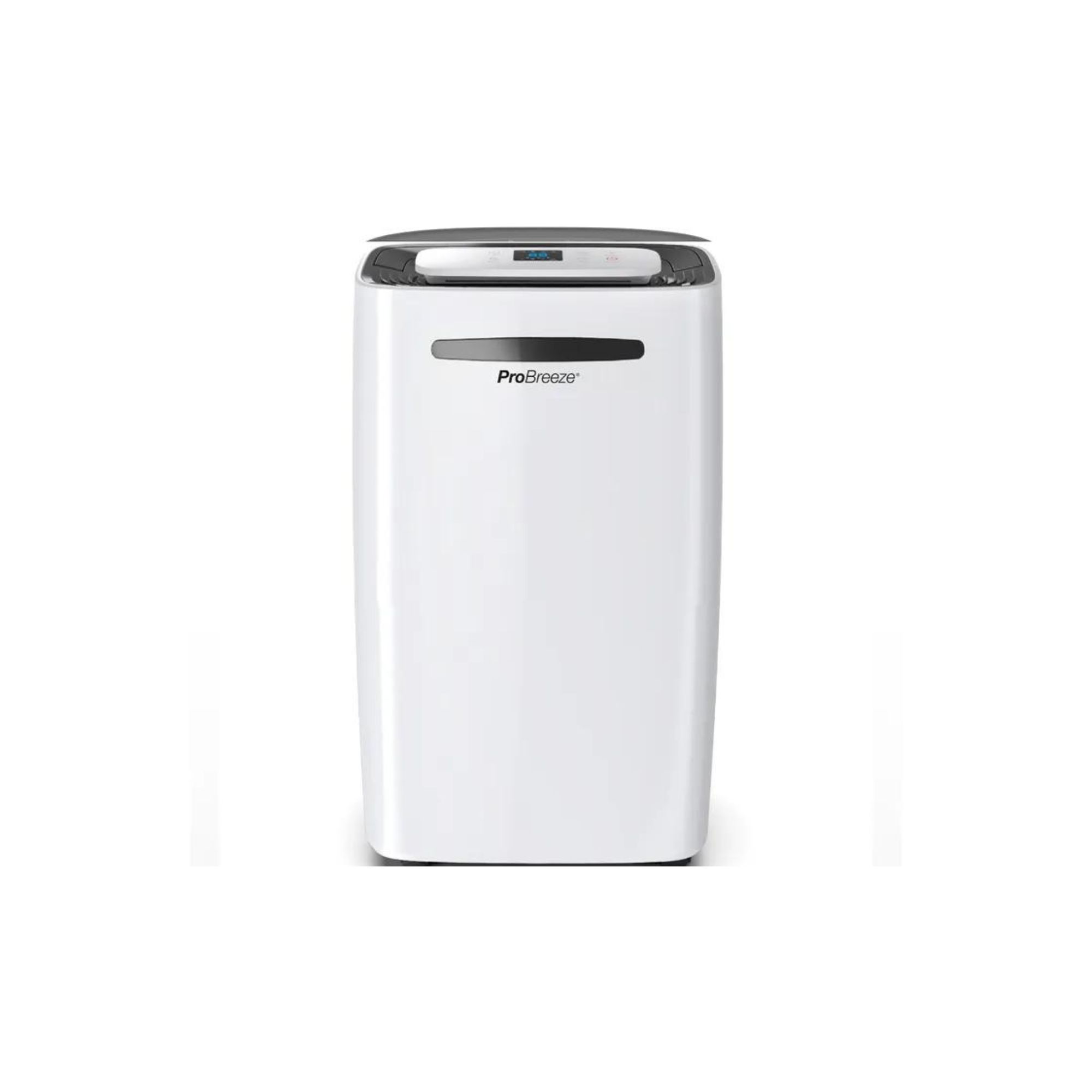
This Pro Breeze model holds 5.5L of water, removing 20L per day, your room will be left clean and moisture-free.
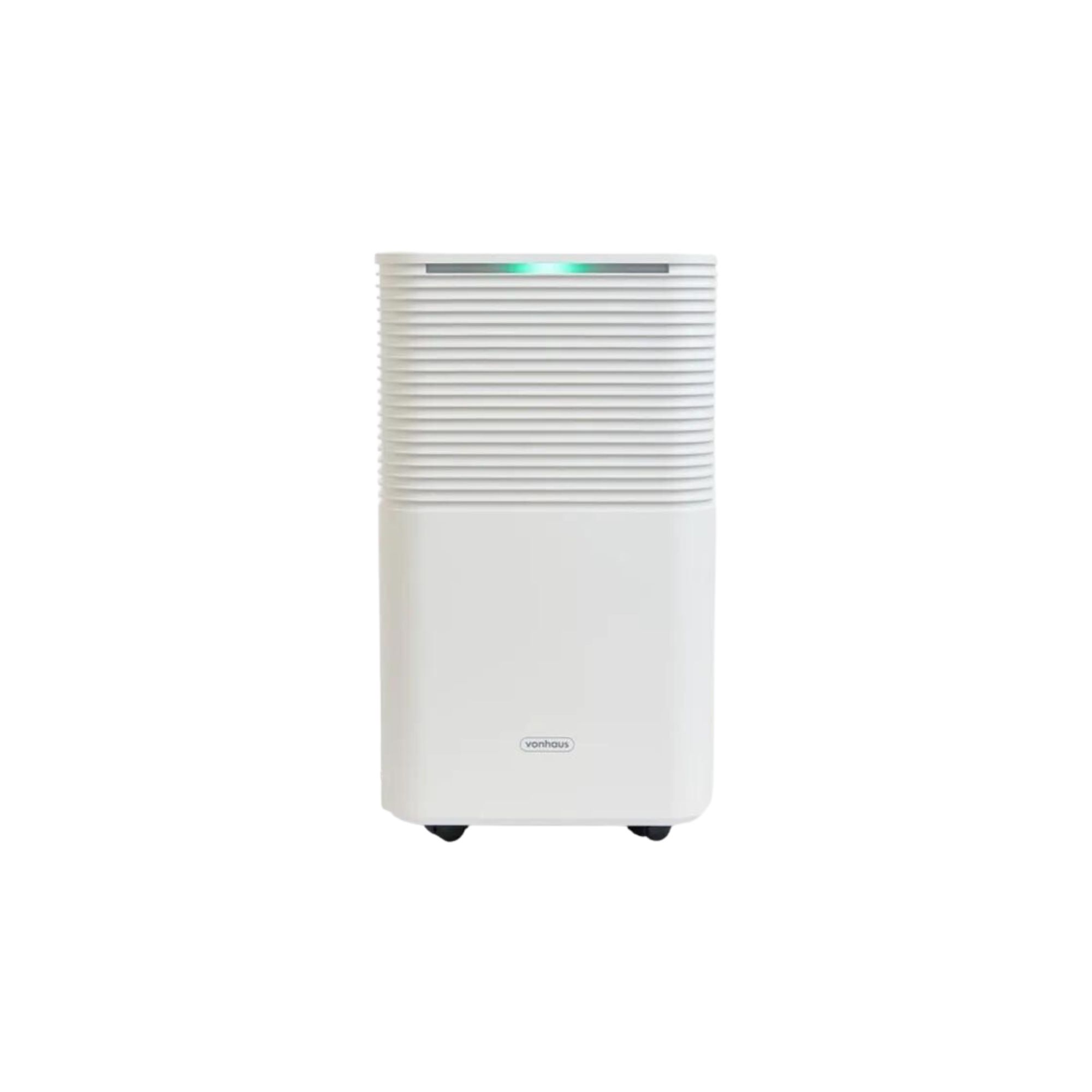
This Vonhaus dehumidifier is the perfect solution for smaller spaces with tight storage.
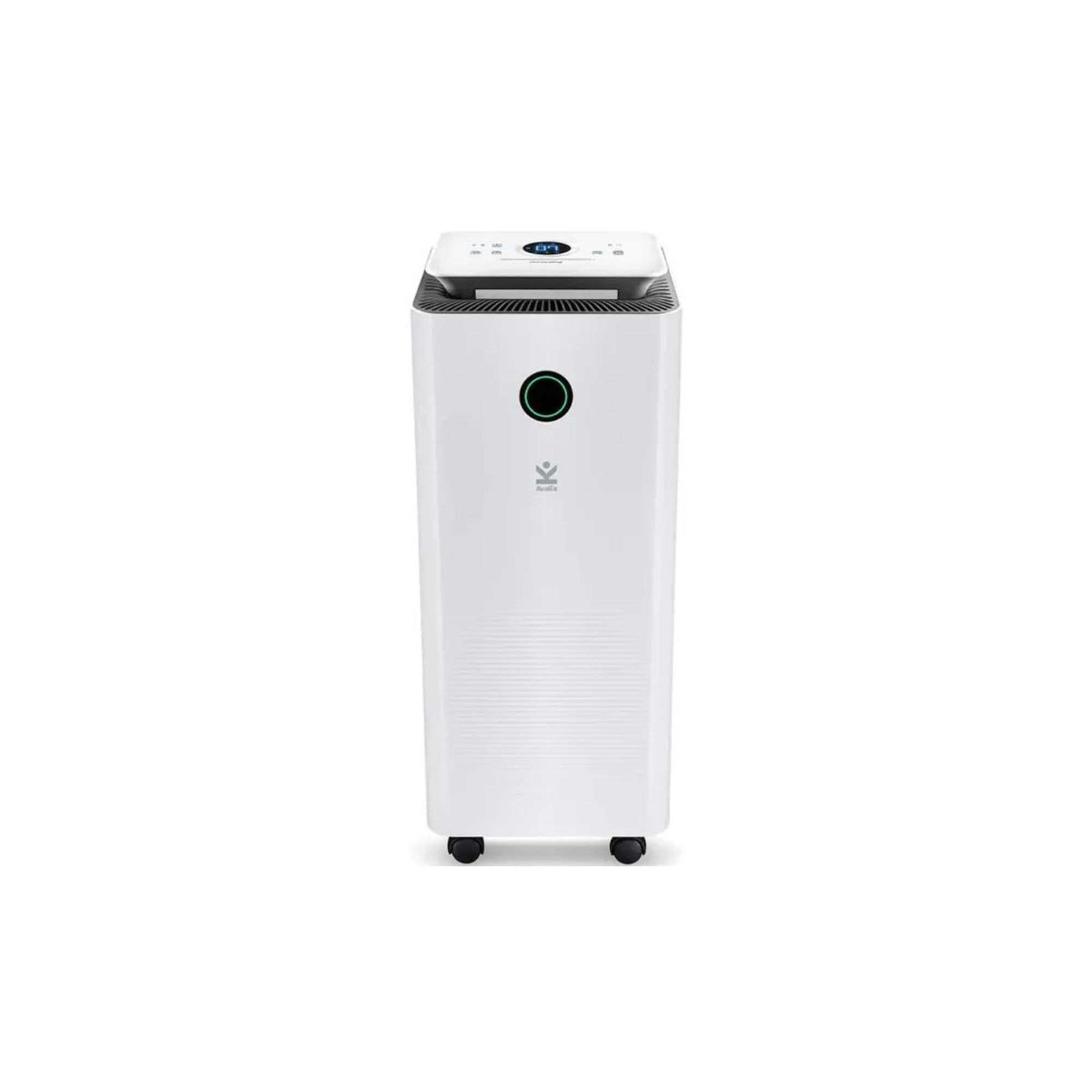
This dehumidifier holds at least 16L of water, is sleek, space-saving, and will dry your laundry.
5. Spray white vinegar
The holy grail cleaning ingredient, white vinegar, is here to save the day once again! Not only is cleaning with vinegar one of the best ways when you're looking how to clean mould and remove it from your walls or belongings but it can also help with preventing it too.
It's recommended that you mist the vinegar on any surfaces that are prone to mould growth, such as walls, shelves and of course wardrobe walls. Baqir explains that white vinegar is an effective natural mould inhibitor, saying: "It's an environmentally beneficial way to prevent mould growth in your wardrobe because of its antifungal qualities."
This spray bottle of white vinegar is ideal for cleaning your wardrobe and keeping the mould away. You can buy it in bulk packs which allows you to have a little extra to use around the house.
6. Ensure all clothes are dry before putting them away
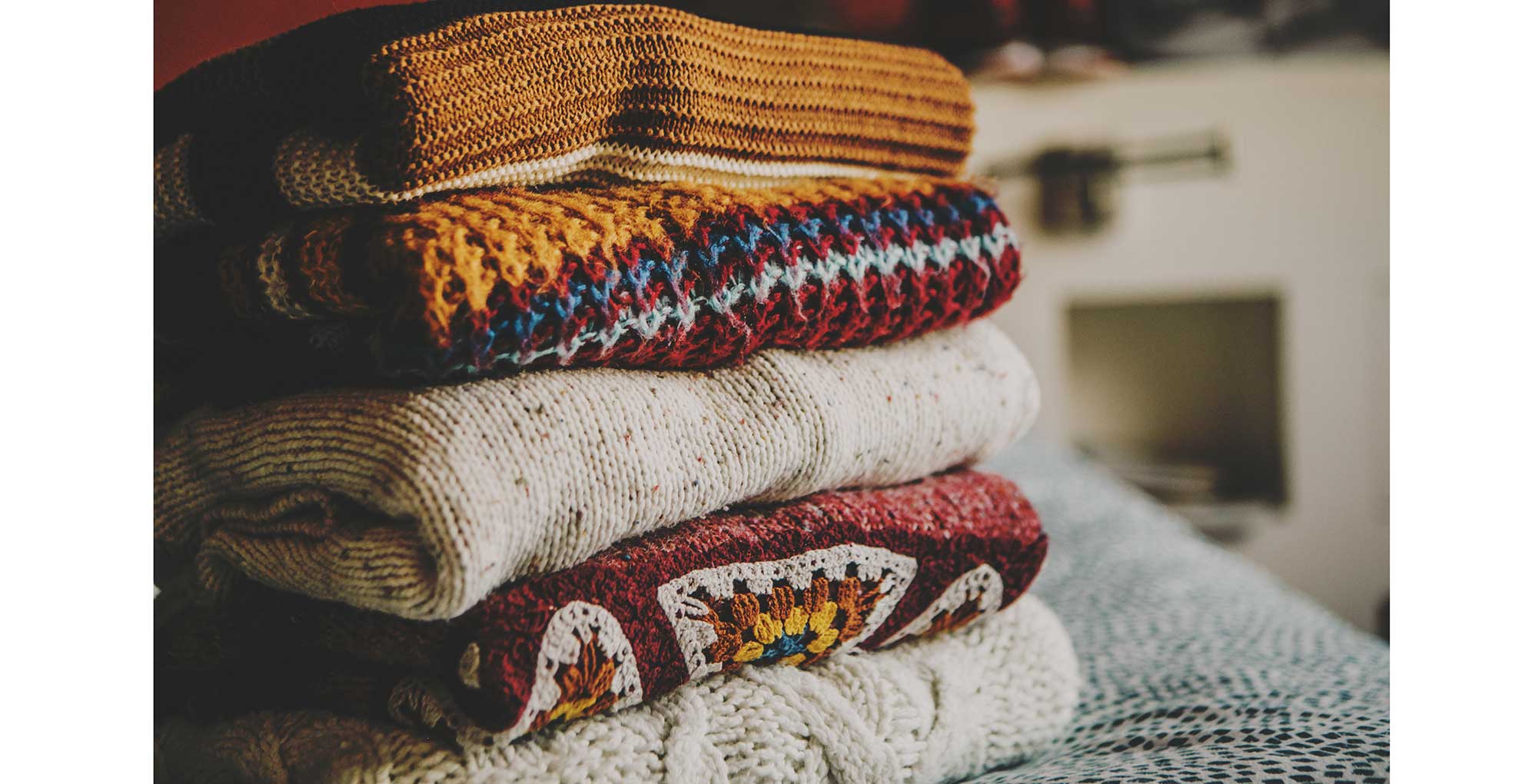
Knowing how to dry our clothes indoors can become a real issue as the cold dreary weather begins. We're often faced with damp clothes no matter how long they've been on the airer and without having one of the best heated clothes airers on our side it can be all too easy to shove the damp clothes in our wardrobe.
Unfortunately, putting our clothes away when they've still got even the slightest bit of moisture creates a perfect environment for mould growth in our wardrobes. So avoiding all the common laundry drying mistakes is essential.
Nic recommends ensuring all clothes are properly dry and aren't retaining any excess water, this will also stop any musty smells from forming on clothes too.
7. Use a bowl of baking soda
Another household hero, baking soda! Not only is cleaning with baking soda ideal for a vast number of things around your home but its absorbent qualities can also prevent a moisture build-up in smaller spaces like wardrobes.
Baking soda is easy to use and super affordable whilst also being great at keeping your clothing mould-free and fresh-smelling. Baqir says, "You can stop the growth of mould in your closet by placing a basin of baking soda inside to absorb excess moisture."
If you've found your wardrobe is particularly bad at harbouring moisture, this little hack is a great sidekick to having your main dehumidifier running in the room too.
8. Uncooked rice

This may be a hack we're all very familiar with at this point, but not only is uncooked rice an unsung hero for fixing our soggy phones, its absorbent properties can also come in handy in your home.
Similarly to the baking soda hack, Nic recommends placing a bowl of uncooked rice at the bottom of your wardrobe to reduce humidity, however, this certainly isn't the hack for particularly humid spaces.
9. Check for leaks
You may think that leaks wouldn't be able to go long without being noticed, however, fitted wardrobes and taller furniture can make it all too easy to conceal a leak until it's too late.
"If the wardrobe is positioned against a wall with the bathroom behind it, there is a chance that a water leak from the shower is the cause of any dampness," Nic warns.
If this is the case, then it's best to get in touch with a professional as leaks can quickly become a much larger problem and are best dealt with in the earlier stages. It's best to catch it before you're left having to wonder how to deal with black mould.
FAQs
How do I stop moisture in my wardrobe?
There are several ways to tackle moisture once it's found its way into your wardrobe, however with issues such as these it's best to prevent the moisture from getting into our wardrobes in the first place. Keeping humidity levels down in our homes is the most efficient way to look after our clothes and ensure mould isn't growing in any dark corners.
As we've mentioned previously, having a cost-effective dehumidifier that really makes a difference is key to managing your home's humidity levels. However you could also add houseplants that can help with humidity and condensation, this is an affordable and eco-friendly alternative that will also keep the moisture at bay.
If you find yourself struggling with severe mould and moisture build-up it's best to get in touch with professional cleaners and mould experts for further help.
What causes mould in a built-in wardrobe?
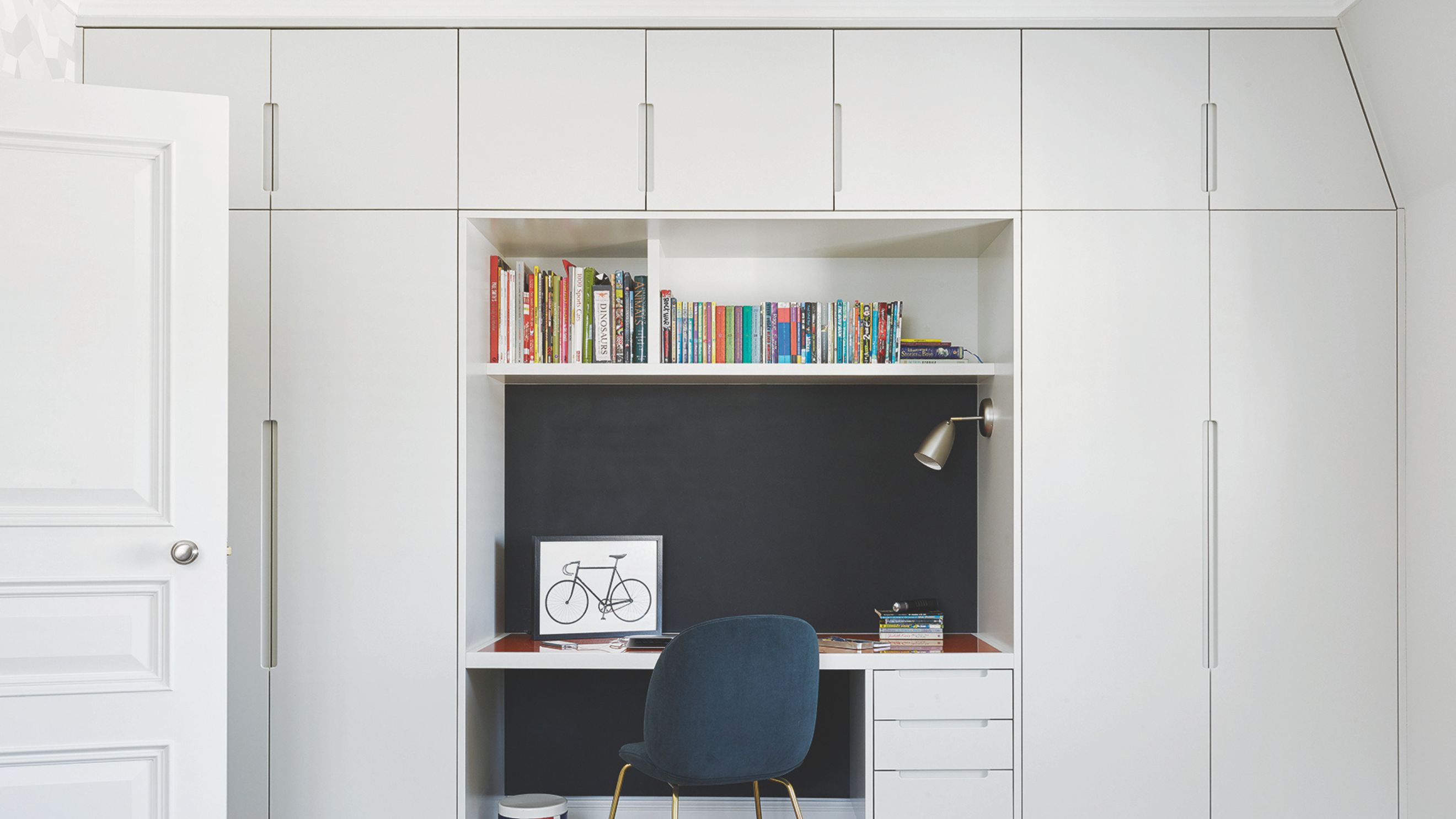
If you have built-in wardrobes, a staple in the yearly bedroom trends, then you might wonder what it is that makes them susceptible to mould and dampness.
Dehumidifier expert at AO.com, Joshua Warren says, "Quite simply, mould in your wardrobes is caused by poor ventilation and by trapped humidity. Built-in wardrobes lack proper ventilation which causes an issue when exterior walls are subject to colder temperatures. This becomes noticeable in winter as the air cools, the humidity condenses and provides the ideal environment for mould to grow."
Having a built-in wardrobe can be helpful when you're trying to make a small bedroom look bigger but just make sure you take the necessary precautions to avoid a mould build-up.
What can I put in my wardrobe to absorb moisture?
Aside from the steps recommended previously, there are other things you can try to keep the moisture at bay. Whilst you might think the best place to put a dehumidifier is near your wardrobe, there's a method that will be way more efficient.
Nicholas Auckland, heating and energy expert at Trade Radiators explains, "Dehumidifier bags are great at reducing and absorbing moisture in small spaces such as wardrobes. I wouldn't recommend a standard, energy-powered dehumidifier as it won't work effectively in a small space and its ventilation could be blocked by clothes and belongings which could pose a safety risk."
These bags aren't overly expensive and can be bought online, Nicholas also says that they're incredibly easy to install and replace.
Following these expert tips can certainly help to reduce the risk of mould in wardrobes but should the problem persist and if your wardrobe is on the ground floor then there may be a wider issue with your home's damp proof course. Should the signs of damp be obvious, such as mould or even blown plaster up to 3ft from ground level, then you should seek professional help from a damp proofing company.

Emily joined woman&home as a staff writer after finishing her MA in Magazine Journalism from City University in 2023. After writing various health and news content, she now specialises in lifestyle, covering unique cleaning hacks, gardening how-tos, and everything to help your houseplants thrive.
-
 All the lessons we've learned from Professor Tim Spector on optimising your health and wellbeing
All the lessons we've learned from Professor Tim Spector on optimising your health and wellbeingIf anyone's qualified to give us lessons on how to eat better, it's Professor Tim Spector - and these are his best lessons
By Grace Walsh Published
-
 How to charm your in-laws: the ultimate guide to keeping the peace
How to charm your in-laws: the ultimate guide to keeping the peaceDiscover how to strengthen your in-law relationships, one thoughtful gesture at a time
By Natalie Denton Published
-
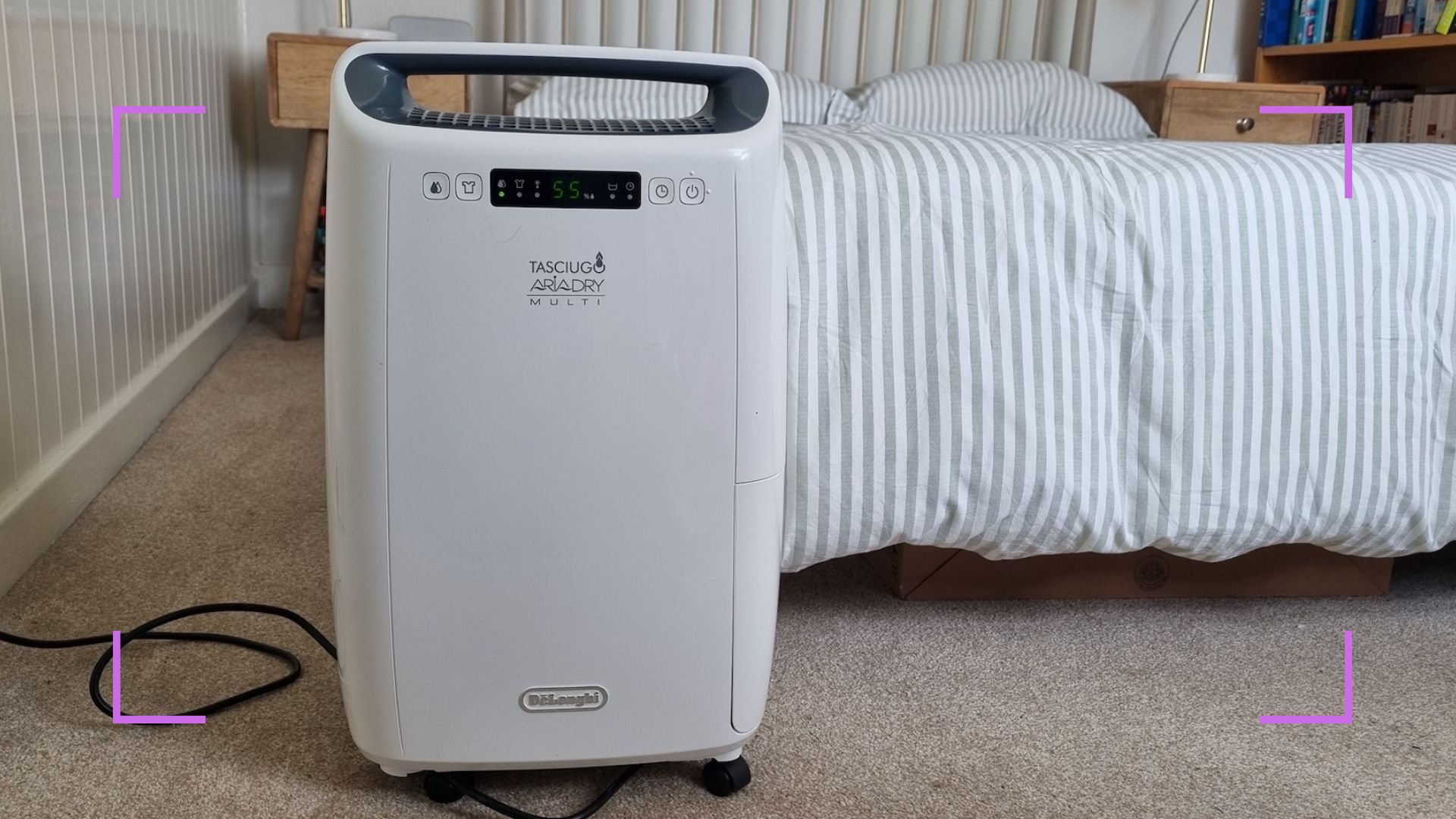 I tested the De'Longhi AriaDry dehumidifier and loved its style and all-round performance
I tested the De'Longhi AriaDry dehumidifier and loved its style and all-round performanceIt's a top pick if you want a quiet, powerful and stylish machine that's exceptional at drying laundry
By Amy Cutmore Published
-
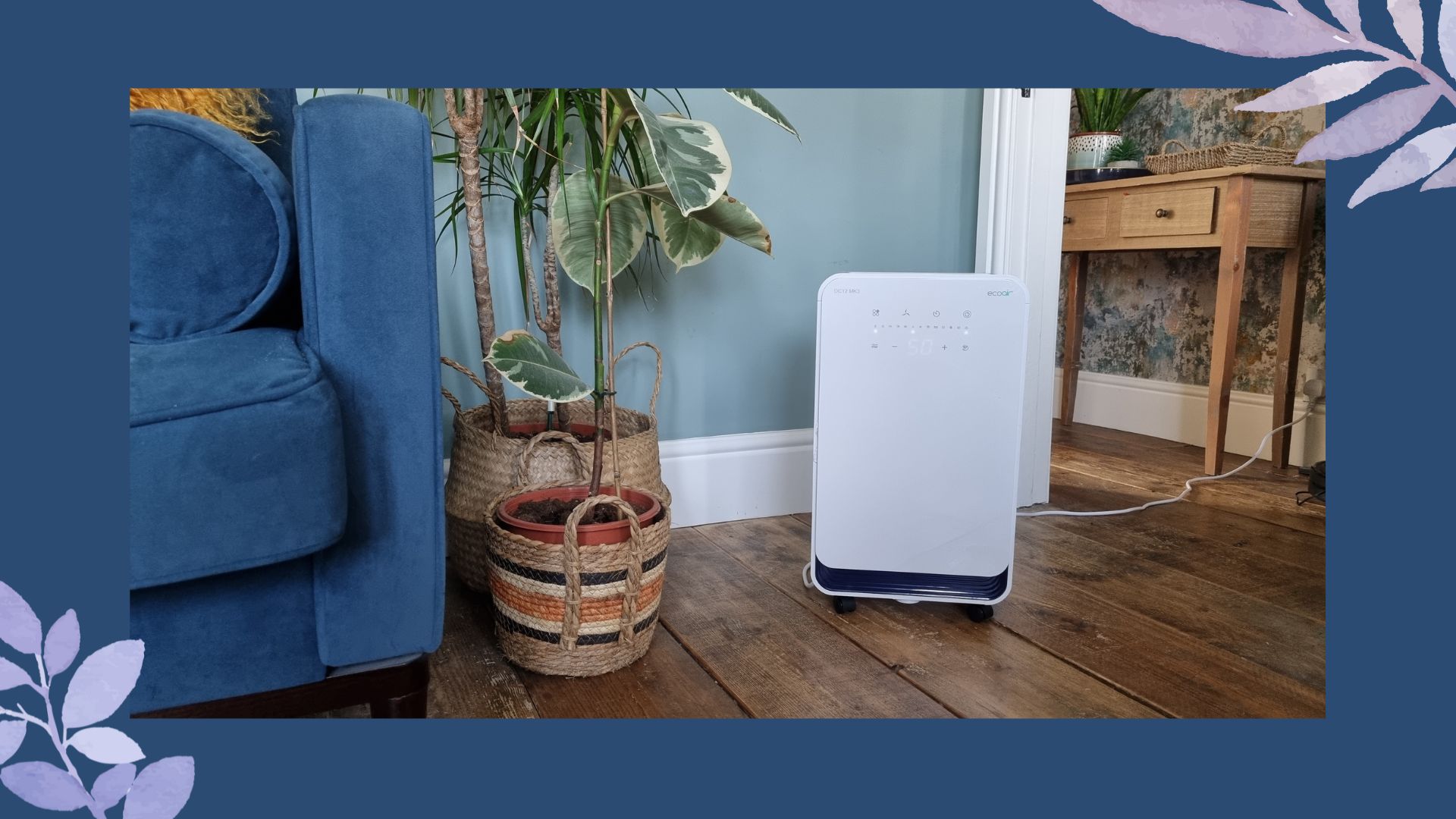 I put the EcoAir DC12 MK3 dehumidifier to the test – and found it's perfect for bedrooms
I put the EcoAir DC12 MK3 dehumidifier to the test – and found it's perfect for bedroomsThis quiet dehumidifier punches above its weight when it comes to performance and usability, and won't break the bank.
By Amy Cutmore Published
-
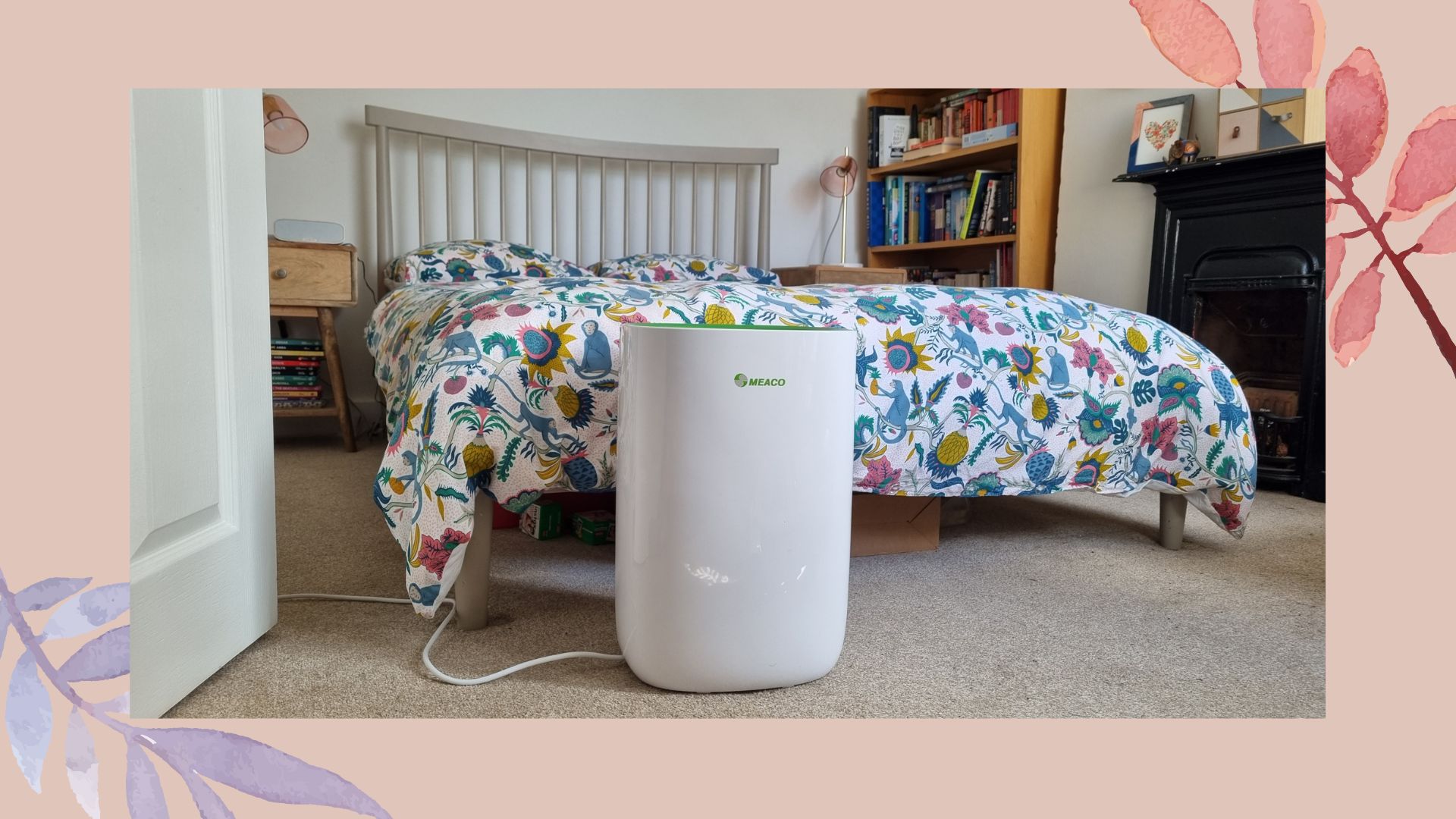 I tried the MeacoDry ABC 12L dehumidifier – its laundry drying is second to none, but it is noisy
I tried the MeacoDry ABC 12L dehumidifier – its laundry drying is second to none, but it is noisyThere's so much to love about this Meaco dehumidifier, but the pros and cons depend on your needs
By Amy Cutmore Published
-
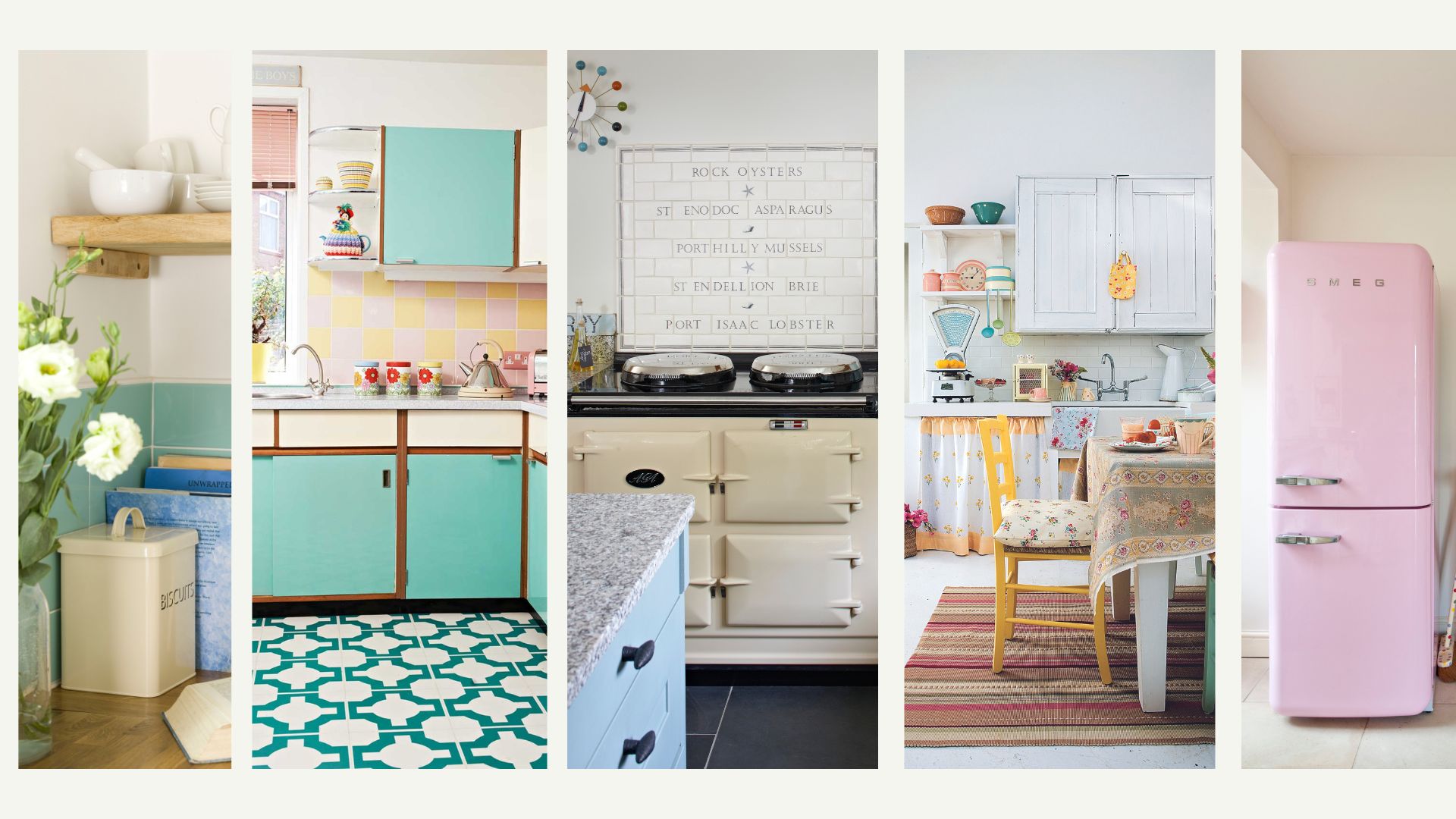 The new 'Kitschen' trend is taking over 'as people look to elevate retro style' reports a Pinterest expert
The new 'Kitschen' trend is taking over 'as people look to elevate retro style' reports a Pinterest expertStep aside minimalism, retro 'Kitschens' are the new interior trend on the block and it's all about the retro pastels
By Emily Smith Published
-
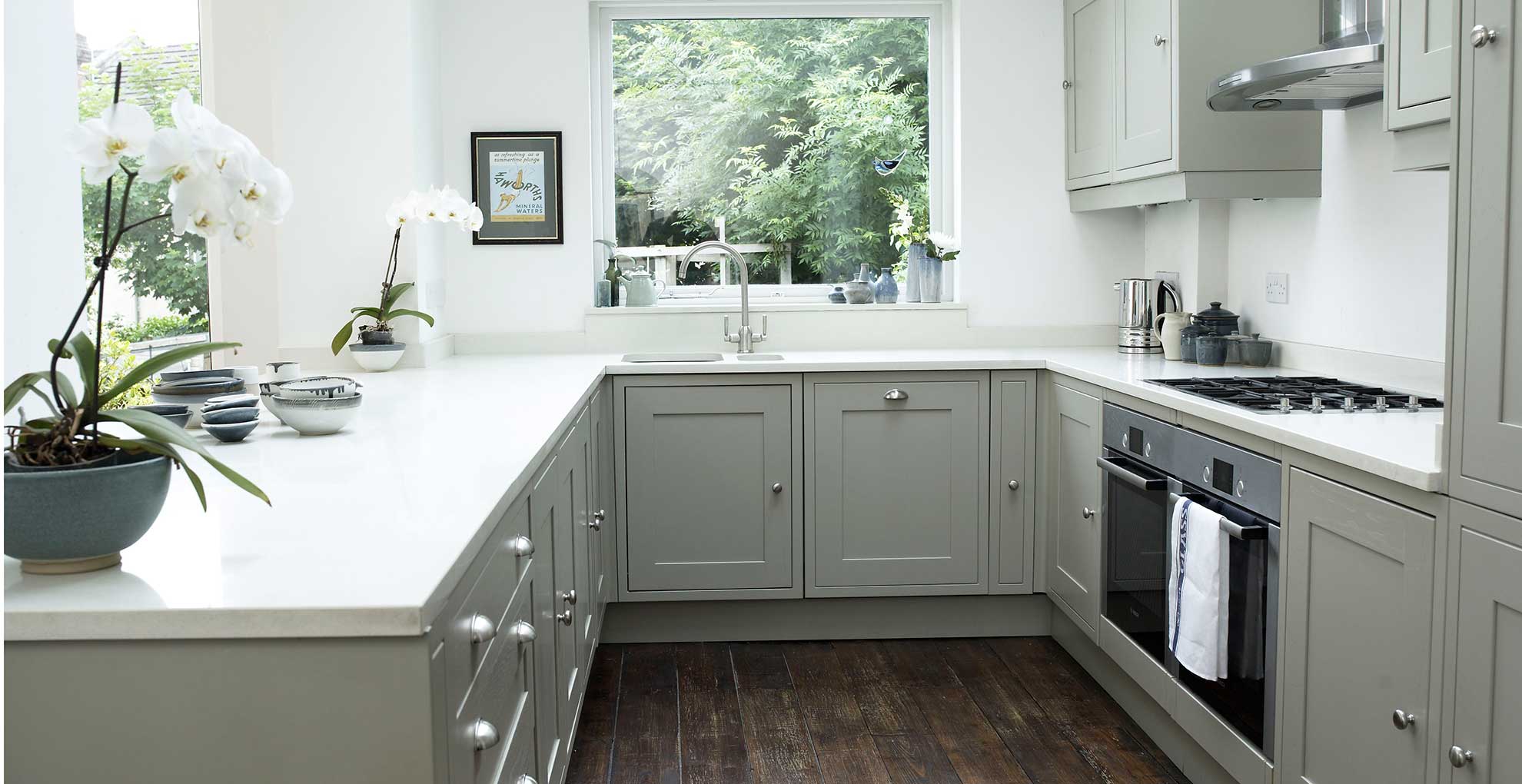 5 costly kitchen cleaning mistakes you could be making every day
5 costly kitchen cleaning mistakes you could be making every dayExperts have revealed 5 common kitchen mistakes you probably make every day that could be causing major damage in the long run
By Emily Smith Published
-
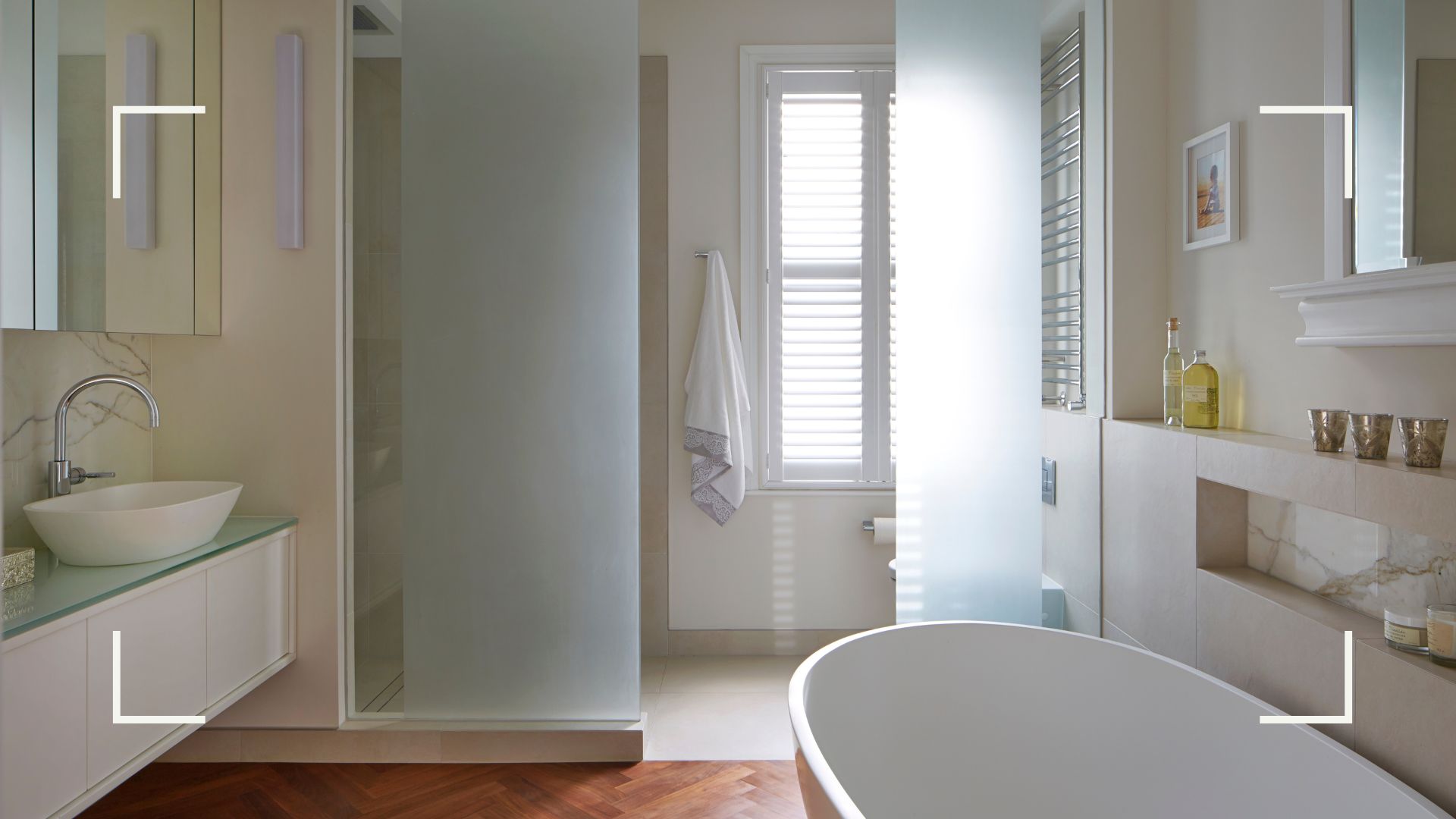 The five 'curious' bathroom sounds you should never ignore, warn experts
The five 'curious' bathroom sounds you should never ignore, warn expertsProfessional plumbing experts reveal the five alarming bathroom sounds you should never ignore
By Emily Smith Published
-
 Stanley Tucci's new cookware collection by GreenPan is the epitome of 'quiet luxury'
Stanley Tucci's new cookware collection by GreenPan is the epitome of 'quiet luxury'Beloved actor Stanley Tucci is now an established celebrity chef and his stunning cookware collaboration with GreenPan just proves how much he loves to cook
By Emily Smith Published
-
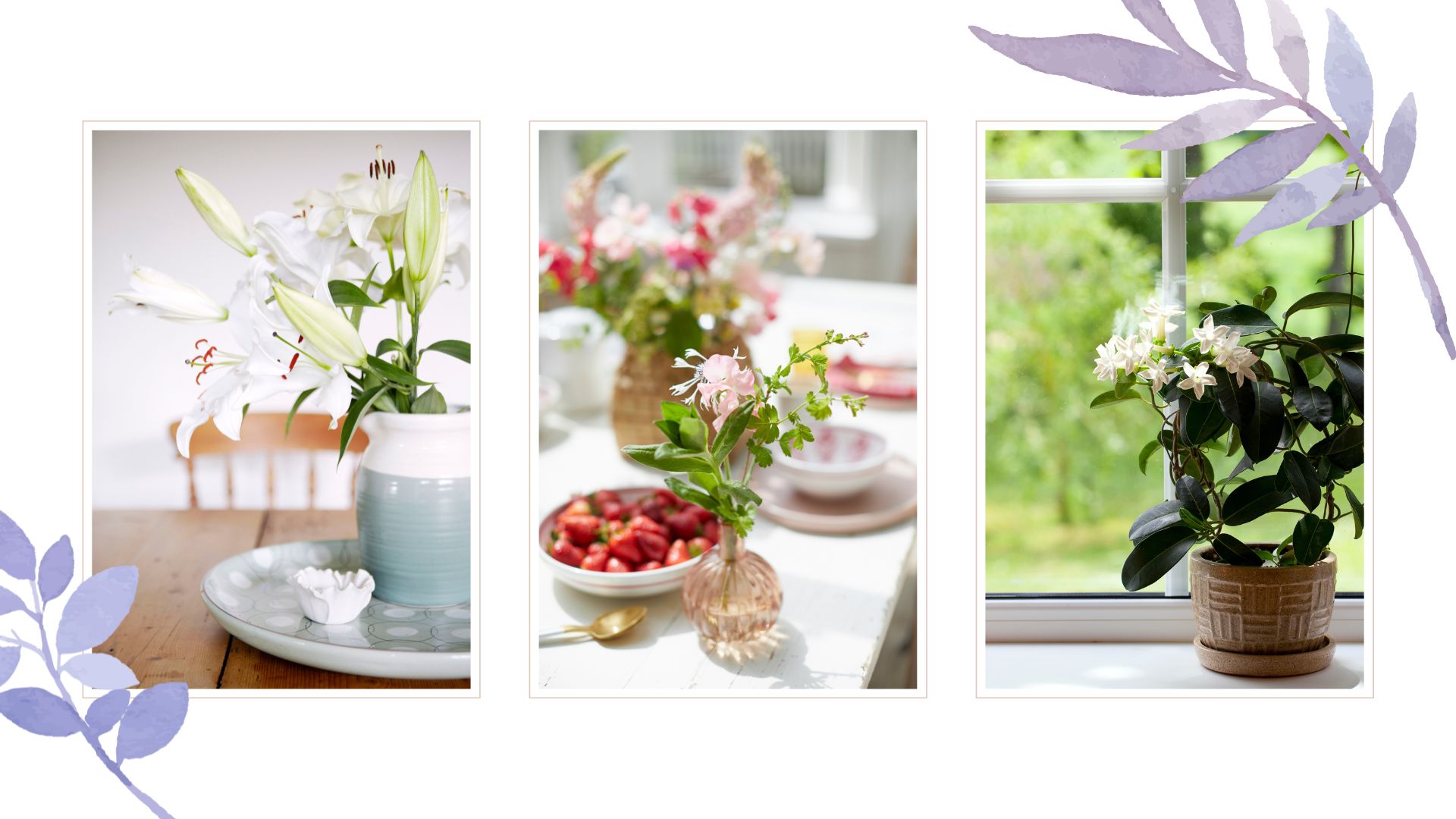 The fragrant houseplants you need to make your house smell good at all times
The fragrant houseplants you need to make your house smell good at all timesIf you're looking to keep your home smelling its best then you might want to pick up some of these ultra-fragrant plants
By Emily Smith Published
